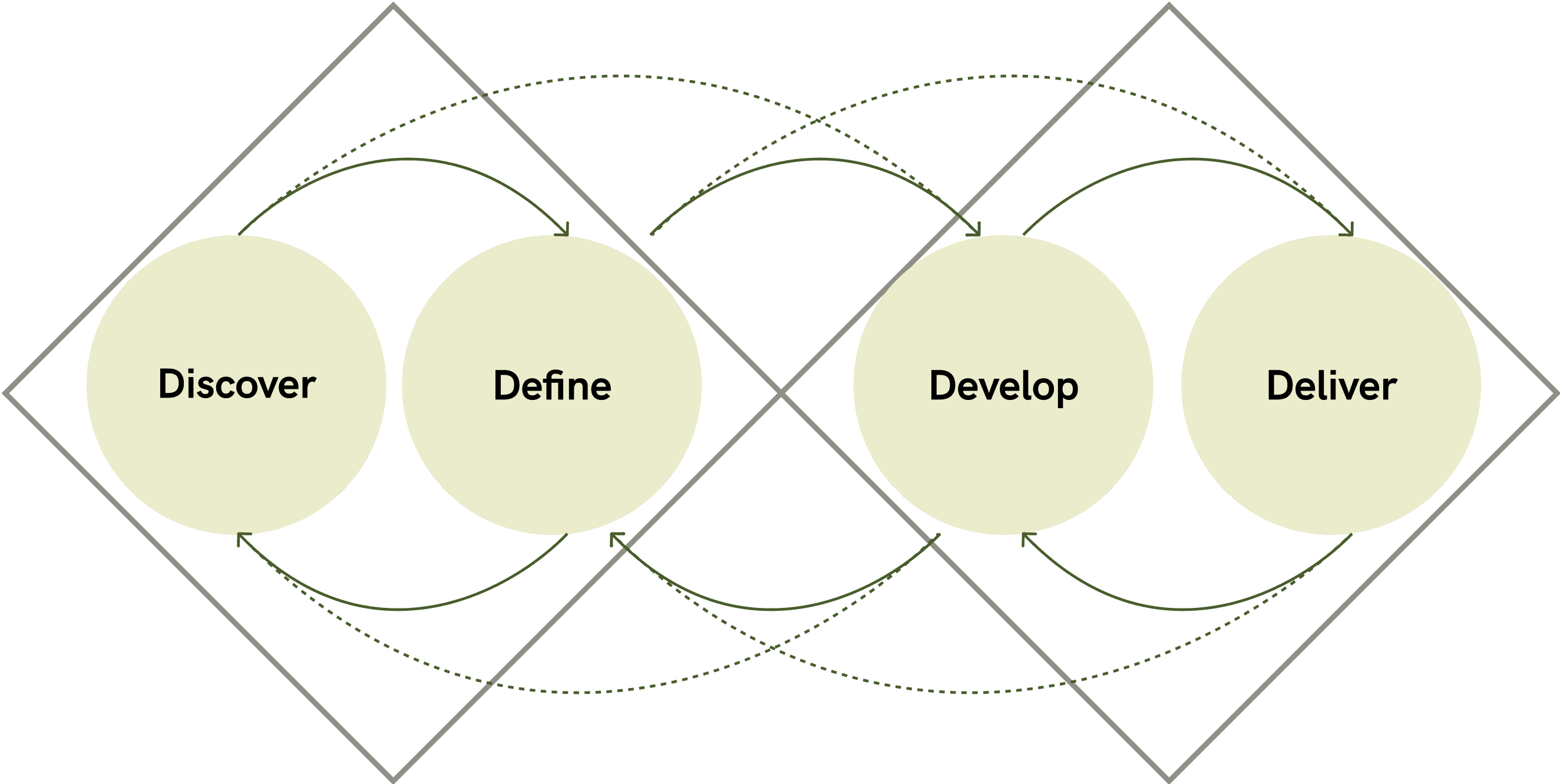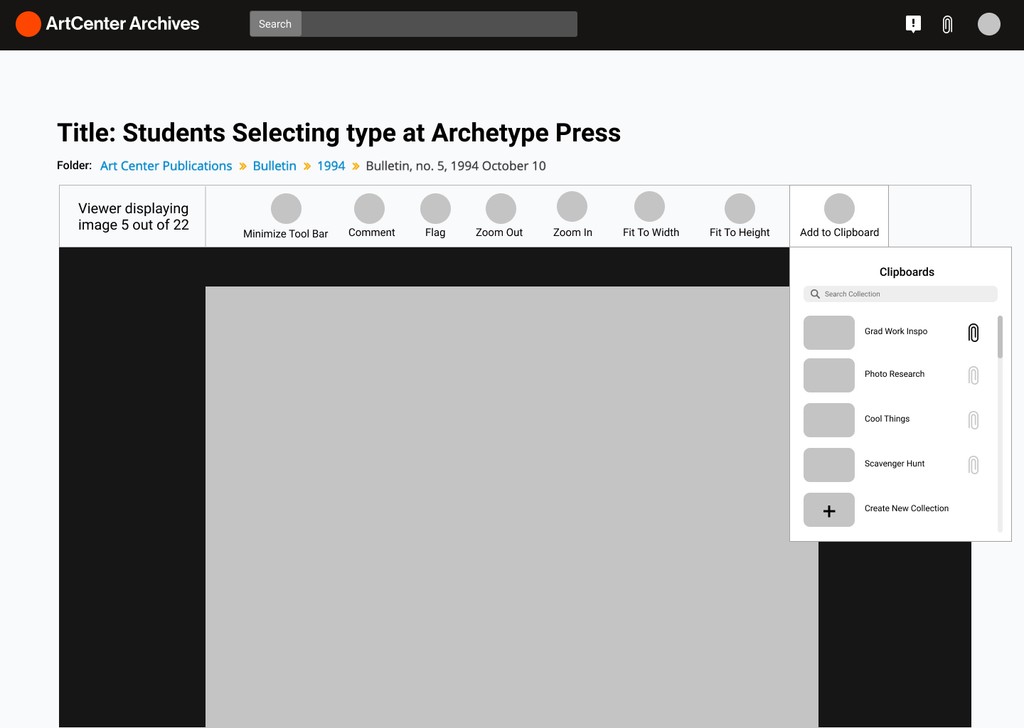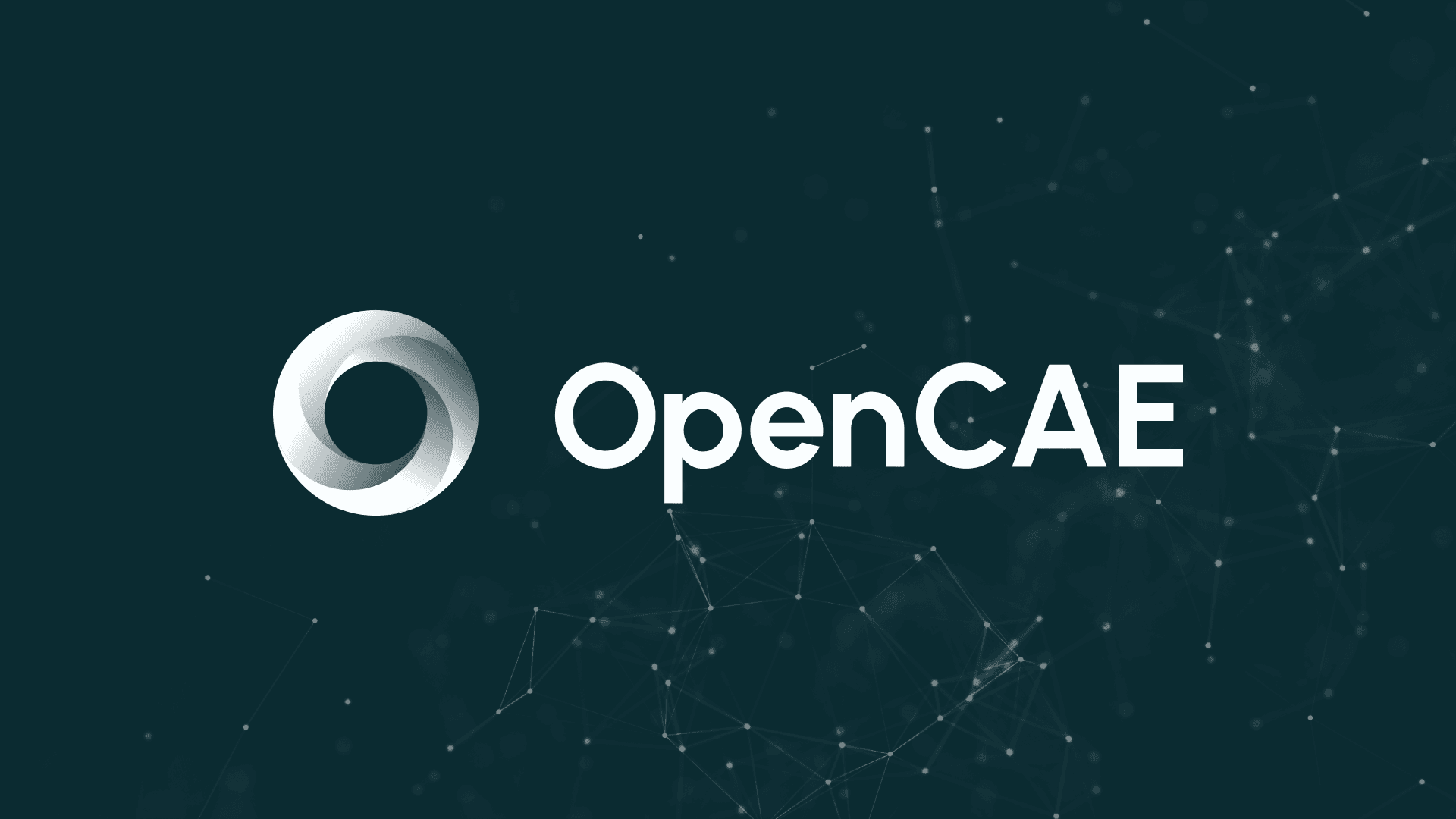
ArtCenter College of Design
14 Weeks
Building Bridges
How might we save, export, and transfer multimedia?
Role
UX Researcher and Designer
Team
4 designers
#accessibility

ArtCenter College of Design
14 Weeks
Building Bridges
How might we save, export, and transfer multimedia?
Role
UX Researcher and Designer
Team
4 designers
#accessibility

ArtCenter College of Design
14 Weeks
Building Bridges
How might we save, export, and transfer multimedia?
Role
UX Researcher and Designer
Team
4 designers
#accessibility
Overview
Overview
Overview
Problem
Researchers have a difficult time accessing artifacts from the archive due poor compliance with web accessibility and incomplete publication of artifacts. The user interface of digital archives are typically incompatible to third-party assistive tools commonly used by people with disabilities, making it a blocker to accessing a wide range of digital media types.
Problem
Researchers have a difficult time accessing artifacts from the archive due poor compliance with web accessibility and incomplete publication of artifacts. The user interface of digital archives are typically incompatible to third-party assistive tools commonly used by people with disabilities, making it a blocker to accessing a wide range of digital media types.
Problem
Researchers have a difficult time accessing artifacts from the archive due poor compliance with web accessibility and incomplete publication of artifacts. The user interface of digital archives are typically incompatible to third-party assistive tools commonly used by people with disabilities, making it a blocker to accessing a wide range of digital media types.
Design Challenge
How might we improve the user experience of digital archives to meet accessibility standards while upholding the integrity of digitized artifacts?
Design Challenge
How might we improve the user experience of digital archives to meet accessibility standards while upholding the integrity of digitized artifacts?
Design Challenge
How might we improve the user experience of digital archives to meet accessibility standards while upholding the integrity of digitized artifacts?
Goal
Identify common problems experienced by digital archives and propose high level design solutions.
Goal
Identify common problems experienced by digital archives and propose high level design solutions.
Goal
Identify common problems experienced by digital archives and propose high level design solutions.
Concept Designs
Main Features
The scope of our work led us to proposing three concepts of accessibility features. Our exploration centered around different ways users may interact with single and multiple artifacts within an archive, including: selecting, commenting, reporting, and exporting. We targeted areas that not only support people with disabilities, but also benefit the broader user community as a whole.
Main Features
The scope of our work led us to proposing three concepts of accessibility features. Our exploration centered around different ways users may interact with single and multiple artifacts within an archive, including: selecting, commenting, reporting, and exporting. We targeted areas that not only support people with disabilities, but also benefit the broader user community as a whole.
Main Features
The scope of our work led us to proposing three concepts of accessibility features. Our exploration centered around different ways users may interact with single and multiple artifacts within an archive, including: selecting, commenting, reporting, and exporting. We targeted areas that not only support people with disabilities, but also benefit the broader user community as a whole.
Multi-Select Artifacts
Users are able to multi-select artifacts and export them to their preferred assistive tool or save them to a collection to view later.
Multi-Select Artifacts
Users are able to multi-select artifacts and export them to their preferred assistive tool or save them to a collection to view later.
Multi-Select Artifacts
Users are able to multi-select artifacts and export them to their preferred assistive tool or save them to a collection to view later.






Single Select an Artifact
Users are able to export individual to their preferred assistive tool or save them to a collection to view later.
Single Select an Artifact
Users are able to export individual to their preferred assistive tool or save them to a collection to view later.
Single Select an Artifact
Users are able to export individual to their preferred assistive tool or save them to a collection to view later.
Adding Comments
Users are able to add comments to specific parts of an artifact.
Adding Comments
Users are able to add comments to specific parts of an artifact.
Adding Comments
Users are able to add comments to specific parts of an artifact.






Reporting an Artifact
Users are able to flag an artifact if it does not meet accessibility standards.
Reporting an Artifact
Users are able to flag an artifact if it does not meet accessibility standards.
Reporting an Artifact
Users are able to flag an artifact if it does not meet accessibility standards.
Exporting an Artifact
Users are able to export artifacts in different formats directly to their preferred assistive tool.
Exporting an Artifact
Users are able to export artifacts in different formats directly to their preferred assistive tool.
Exporting an Artifact
Users are able to export artifacts in different formats directly to their preferred assistive tool.



Design Process
Design Process
Design Process
Double Diamond: Mixed Methodologies
The following diagram represents the divergent and convergent thinking that occurs. Though the format of the project is presented in a linear fashion, I would often go back and forth between phases as our knowledge and insights grow.
Double Diamond: Mixed Methodologies
The following diagram represents the divergent and convergent thinking that occurs. Though the format of the project is presented in a linear fashion, I would often go back and forth between phases as our knowledge and insights grow.
Double Diamond: Mixed Methodologies
The following diagram represents the divergent and convergent thinking that occurs. Though the format of the project is presented in a linear fashion, I would often go back and forth between phases as our knowledge and insights grow.



Discover
Contextual Inquiry
User Research
Stakeholder Interviews
Define
Synthesis
Problem Definition
Affinity Diagrams
Develop
Design Workshops
Storyboards
Wireframes
Participatory Workshops
Storyboards
Wireframes
Deliver
High Fidelity
Mockups
Behind the Scenes
Background Research
I explored existing third-party assistive tools including screen readers, magnifiers, and color contrast editors to assess its usability. I then looked at how information is presented differently across images, videos, documents, and audio recordings. I was curious about what shared elements can serve both people with disabilities and the wider audience.
Background Research
I explored existing third-party assistive tools including screen readers, magnifiers, and color contrast editors to assess its usability. I then looked at how information is presented differently across images, videos, documents, and audio recordings. I was curious about what shared elements can serve both people with disabilities and the wider audience.
Background Research
I explored existing third-party assistive tools including screen readers, magnifiers, and color contrast editors to assess its usability. I then looked at how information is presented differently across images, videos, documents, and audio recordings. I was curious about what shared elements can serve both people with disabilities and the wider audience.
Identifying the Problem
Our observations led us to believe that all users, not just people with disabilities, are negatively impacted by ArtCenter Archive's existing information hierarchy and lack of visual indictors that support an easy wayfinding experience. The user interface of digital archives do not meet web formatting that is compatible to third-party assistive tools, making it a barrier in accessing different media types.
Identifying the Problem
Our observations led us to believe that all users, not just people with disabilities, are negatively impacted by ArtCenter Archive's existing information hierarchy and lack of visual indictors that support an easy wayfinding experience. The user interface of digital archives do not meet web formatting that is compatible to third-party assistive tools, making it a barrier in accessing different media types.
Identifying the Problem
Our observations led us to believe that all users, not just people with disabilities, are negatively impacted by ArtCenter Archive's existing information hierarchy and lack of visual indictors that support an easy wayfinding experience. The user interface of digital archives do not meet web formatting that is compatible to third-party assistive tools, making it a barrier in accessing different media types.



Hypothesis
We hypothesized that personalizing an archive that curates content relevant to the user's interests or field of study would ease the way-finding experience.
Hypothesis
We hypothesized that personalizing an archive that curates content relevant to the user's interests or field of study would ease the way-finding experience.
Hypothesis
We hypothesized that personalizing an archive that curates content relevant to the user's interests or field of study would ease the way-finding experience.



Design Workshops
To test our hypothesis, I designed participatory workshop activities to validate the researcher’s user flow in accessing a digital archive using a low-fidelity prototype we designed.
The goals of the workshop were:
To understand how people currently save and organize information from the web
To explore different features and tools that best assists the user's disability needs in order to view and save research items
The team and I ran 1:1 workshop sessions with a total of 4 participants. One had low vision, another had hard of hearing, and two had ADHD (inattentive type).
Design Workshops
To test our hypothesis, I designed participatory workshop activities to validate the researcher’s user flow in accessing a digital archive using a low-fidelity prototype we designed.
The goals of the workshop were:
To understand how people currently save and organize information from the web
To explore different features and tools that best assists the user's disability needs in order to view and save research items
The team and I ran 1:1 workshop sessions with a total of 4 participants. One had low vision, another had hard of hearing, and two had ADHD (inattentive type).
Design Workshops
To test our hypothesis, I designed participatory workshop activities to validate the researcher’s user flow in accessing a digital archive using a low-fidelity prototype we designed.
The goals of the workshop were:
To understand how people currently save and organize information from the web
To explore different features and tools that best assists the user's disability needs in order to view and save research items
The team and I ran 1:1 workshop sessions with a total of 4 participants. One had low vision, another had hard of hearing, and two had ADHD (inattentive type).



Activity 1: User Scenario
To consider participants who have little to no experience with digital archives, our team created a scenario of searching a recipe in a search engine.
Activity 1: User Scenario
To consider participants who have little to no experience with digital archives, our team created a scenario of searching a recipe in a search engine.
Activity 1: User Scenario
To consider participants who have little to no experience with digital archives, our team created a scenario of searching a recipe in a search engine.



Activity 2: Wireframing
We then introduced our participants to mockups that represented a more personalized experience where recent artifacts and personal collections exist.
Activity 2: Wireframing
We then introduced our participants to mockups that represented a more personalized experience where recent artifacts and personal collections exist.
Activity 2: Wireframing
We then introduced our participants to mockups that represented a more personalized experience where recent artifacts and personal collections exist.
Results
After the workshop sessions, it became evident that a personalized dashboard did not address the researcher's needs. We learned that the researchers adopt a more focused approach when visiting the archives. More often than not, they arrive with a vague idea of their requirements, identify the relevant artifacts quickly, and leave. Their real struggle lies in the lack of effective tools within the archives that simplify the process of searching, viewing, and exporting an artifact.
Results
After the workshop sessions, it became evident that a personalized dashboard did not address the researcher's needs. We learned that the researchers adopt a more focused approach when visiting the archives. More often than not, they arrive with a vague idea of their requirements, identify the relevant artifacts quickly, and leave. Their real struggle lies in the lack of effective tools within the archives that simplify the process of searching, viewing, and exporting an artifact.
Results
After the workshop sessions, it became evident that a personalized dashboard did not address the researcher's needs. We learned that the researchers adopt a more focused approach when visiting the archives. More often than not, they arrive with a vague idea of their requirements, identify the relevant artifacts quickly, and leave. Their real struggle lies in the lack of effective tools within the archives that simplify the process of searching, viewing, and exporting an artifact.



Conclusion
When workflows are designed with accessibility in mind, they naturally lead to clearer, more intuitive user experiences. This can include features like simple navigation, clear language, and well-organized content, which benefit all users by making information easier to find and comprehend.
Conclusion
When workflows are designed with accessibility in mind, they naturally lead to clearer, more intuitive user experiences. This can include features like simple navigation, clear language, and well-organized content, which benefit all users by making information easier to find and comprehend.
Conclusion
When workflows are designed with accessibility in mind, they naturally lead to clearer, more intuitive user experiences. This can include features like simple navigation, clear language, and well-organized content, which benefit all users by making information easier to find and comprehend.
Flexibility
Consider different methods of searching, viewing, and exporting different media types.
Compatibility
Consider how interface structures would be read by assistive tools.
Common Language
Consider tone, consistency, and accuracy in when generating alt text. The use of common language encourages inclusivity.
Participatory Workshops
Storyboards
Wireframes







